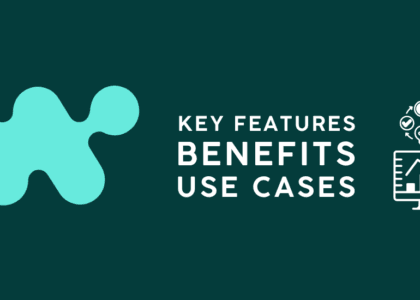Organizations today are constantly seeking to be more efficient, cut costs and improve overall performance. Automation is one of the ways to achieve this. Among the many automation platforms out there Workato is a powerful one that lets you streamline your processes, integrate disparate systems and save big. In this post we’ll look at the cost savings of Workato and how to measure the return on investment (ROI) of automation with Workato.
1. Less Manual Work
One of the biggest benefits of Workato is reducing manual work. By automating repetitive tasks with Workato employees can focus on higher value work. For example automating data entry and report generation with Workato can free up hours a week, that’s a lot of labor cost savings. Companies can re-allocate their workforce and be more productive and reduce overhead costs.
2. Simplified Operations
Workato connects applications and systems together to create a single workflow. This simplification reduces bottlenecks and departmental silos. When operations run with Workato companies can minimize downtime and operational inefficiencies and save even more. For example a manufacturing company that automates their inventory management with Workato can avoid overstocking and reduce storage costs and save big on their bottom line.
3. Better Data
Manual data handling is error prone and can lead to costly mistakes. By using Workato’s automation you can ensure data is transferred accurately between systems. Better data with Workato reduces the risk of incorrect information like compliance issues or financial discrepancies. The cost savings of avoiding these errors can be huge especially in industries where precision matters.
4. Quicker Decisions
Automation gets information flowing across the organization faster so you can make decisions quicker. With real-time data in Workato managers can respond to market changes and operational issues faster. That’s competitiveness and cost savings by being able to pounce on opportunities.
Measuring ROI of Automation with Workato
To get the full picture of the financial impact of automation with Workato, you need to measure ROI. Here’s how:
- Identify your Key Performance Indicators (KPIs)
Before you start automating with Workato, you should define your KPIs that align with your business goals. Common KPIs for measuring automation ROI are:
- Cost Savings: Calculate the cost reduction, labor, overhead and error related costs from Workato.
- Productivity Gains: Measure the output or efficiency gain from Workato automation.
- Time Savings: Quantify the time saved from automated processes enabled by Workato.
- Customer Satisfaction: Measure the improvement in customer service or satisfaction scores from using Workato.
- Set a Baseline
To measure the impact of automation with Workato, you need to set a baseline. This means gathering data on your current operational performance before you start using Workato. Document your metrics for productivity, costs and other KPIs so you have a reference point to measure against after implementation.
- Calculate Costs and Benefits
After you deploy Workato, calculate the total cost of the automation. This includes software licensing fees, implementation costs and any ongoing maintenance costs. Then quantify the benefits from Workato, cost savings, revenue growth and efficiency gains. The formula for ROI is:
ROI=Total Costs/Net Benefits×100
Where net benefits are total benefits minus total costs.
- Measure and Refine
ROI measurement is an ongoing process. You should monitor your KPIs and adjust your Workato automation as needed. Regularly reviewing performance will help you identify areas to improve and ensure your automation continues to deliver value over time.






